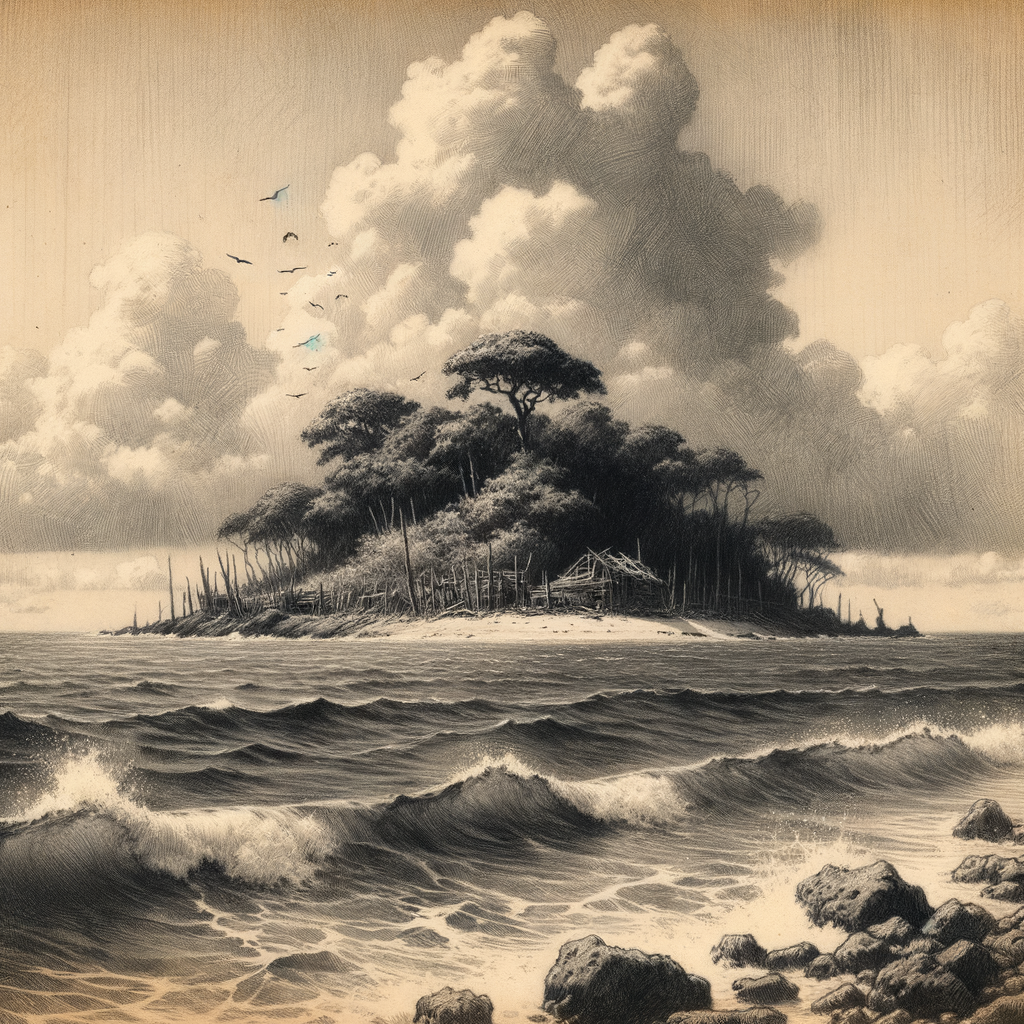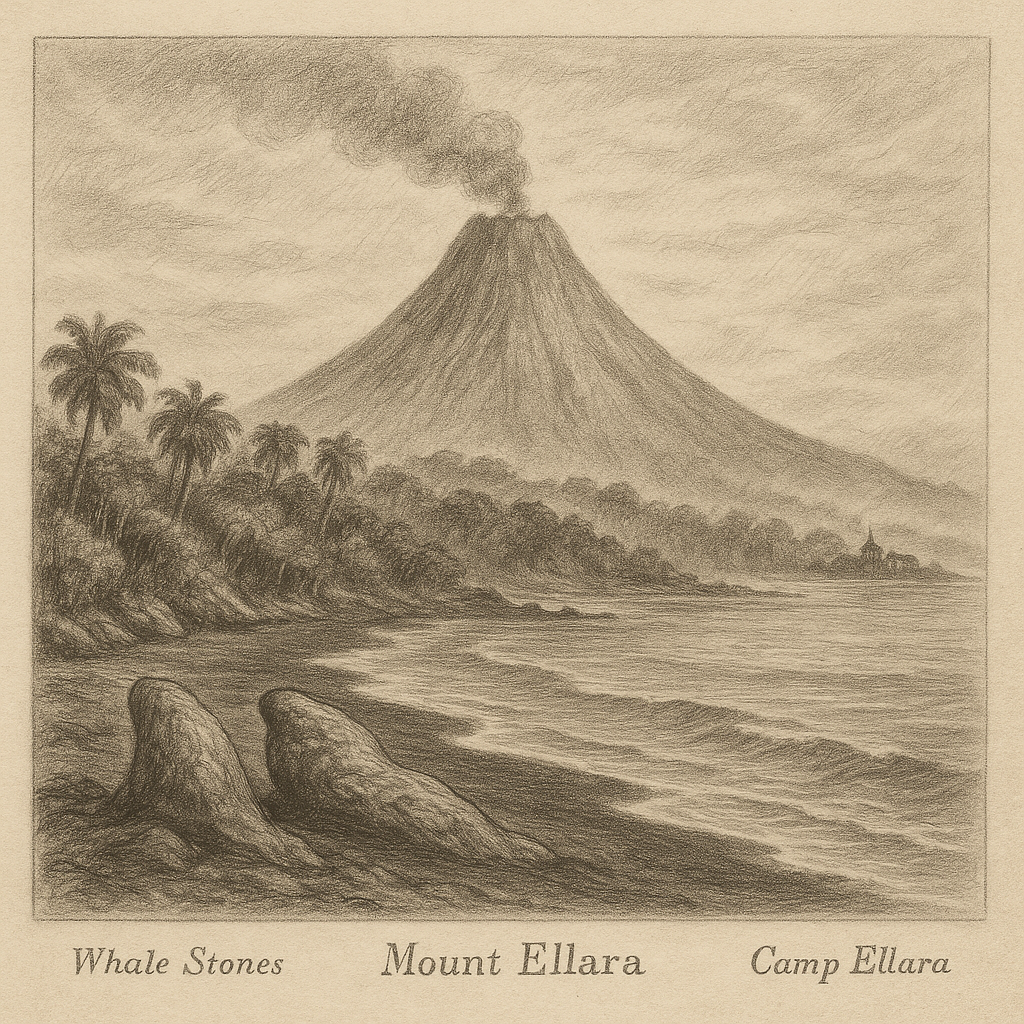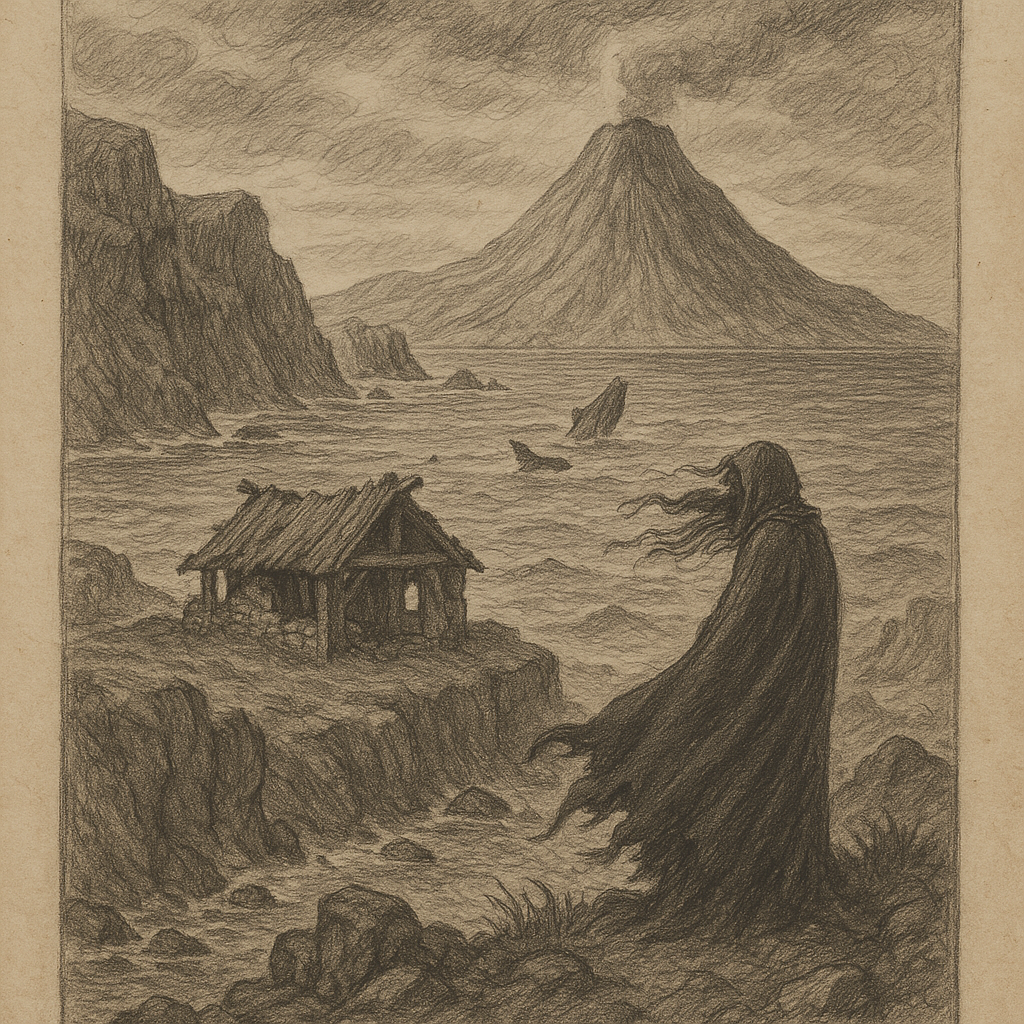Baker Island: A Remote Coral Island in the Pacific
Baker Island is an uninhabited atoll located in the central Pacific Ocean, just north of the equator. It belongs to the United States and is part of the United States Minor Outlying Islands group. Despite its small size and isolation, Baker Island holds a unique place in maritime history, ecology, and even legend.
Geography and Location
Baker Island lies about 3,100 kilometers southwest of Honolulu, Hawaii, and 1,920 kilometers north of the equator. It spans a total land area of approximately 1.64 km², or 0.63 square miles, making it one of the smallest territories administered by the United States.
The island is situated between Hawaii and Australia, close to the International Date Line, and is part of the Phoenix Islands group in the Pacific Ocean. It is a coral atoll enclosed by a narrow fringing reef, which makes landing difficult. The island has no harbors or ports, and its rugged shoreline is often battered by strong waves.
Geological and Environmental Features
Baker Island is of coral origin and sits atop an extinct volcanic seamount. The island is low and flat, with its highest point only about 8 meters above sea level. Due to the lack of fresh water and fertile soil, vegetation is sparse, consisting mainly of grasses and low-growing shrubs. A few scattered trees, like the native heliotrope, dot the island’s landscape, but overall the environment is arid.
The climate on Baker Island is equatorial, characterized by consistent high temperatures, strong sunlight, and limited seasonal variation. Rainfall is infrequent, and the island often experiences drought conditions. However, the surrounding waters are home to a vibrant coral reef ecosystem, supporting various marine life such as reef fish, sea turtles, and seabirds.
Baker Island is a designated National Wildlife Refuge, established in 1974, and is managed by the United States Fish and Wildlife Service. It is part of the Pacific Remote Islands Marine National Monument, one of the largest marine conservation areas in the world.
Historical Significance
Though uninhabited today, Baker Island has a curious history. The island was discovered by the British in 1818, but it gained renewed attention in the mid-19th century due to its valuable deposits of guano—dried bird excrement used as a fertilizer. Under the U.S. Guano Islands Act of 1856, the island was claimed by the United States in 1857.
Between 1935 and 1942, Baker Island was temporarily inhabited as part of the American Equatorial Islands Colonization Project. Young colonists, including Native Hawaiians, were placed on the island in an effort to reinforce the U.S. claim and to serve as meteorological and strategic outposts. However, this civilian settlement was abandoned during World War II when the Japanese threat grew in the Pacific.
During the war, Baker Island served as a military airfield and staging base for American Air Forces. After the war, it was abandoned altogether, and today it bears the remnants of this era—rusting airplane parts, collapsed buildings, and airstrips now consumed by vegetation.
Flora, Fauna, and Conservation
Despite its barren appearance, Baker Island plays a vital role in the conservation of seabirds and marine species. It serves as a nesting site for migratory birds, including the lesser frigatebird, sooty tern, and masked booby. The waters surrounding the island teem with coral reefs that are relatively untouched by human activity, providing sanctuary for marine biodiversity.
The United States Fish and Wildlife Service maintains strict regulations to preserve the island’s fragile ecosystem. Unauthorized visitation is prohibited, and special permits are only issued for scientific research or conservation purposes.
Efforts to maintain the island’s natural environment include monitoring seabird populations, studying coral health, and ensuring no invasive species are introduced. Because of its remoteness and minimal human impact, Baker Island is considered a benchmark site for climate change and biological studies.
Interesting Facts
Baker Island is one of the few places in the world that lies within both the equatorial zone and the U.S. territories. It is officially uninhabited and has no ports, buildings, or permanent infrastructure. Time on the island is set to UTC−12:00, making it one of the last places on Earth to experience each calendar day.
The island is technically under the jurisdiction of the U.S. Department of the Interior but is unorganized and unincorporated, meaning it has no local government or formal legal code. The flag flown on the island is that of the United States, and its name appears in maritime documentation and maps.
Despite its isolation, Baker Island is part of the DX Century Club (DXCC) as a separate entity in amateur radio classification, attracting radio enthusiasts who attempt to make contact with the island under special expeditions.
Legends and Maritime Mysteries
While Baker Island does not have indigenous myths due to its history of being uninhabited, modern legends and intriguing theories have emerged around its role in maritime and aviation history.
One of the most enduring mysteries linked to Baker Island involves Amelia Earhart. When the famed aviation pioneer disappeared in 1937 during her attempt to circumnavigate the globe, some theories speculated that she may have landed or crashed on Baker Island or nearby Howland Island. Though there is no concrete evidence supporting this theory, the mystery continues to intrigue historians and adventurers alike.
Another tale shared among mariners speaks of ghostly lights observed from sea, believed to be the spirits of long-departed colonists or soldiers from World War II. While such sightings are more likely atmospheric phenomena or reflections, they contribute to the island’s enigmatic reputation.
Access and Current Status
Access to Baker Island is extremely limited and regulated to protect its wildlife and ecology. There is no airport or harbor, and landing usually involves small boats or air-drops, both of which pose logistical and environmental challenges.
Only official personnel from organizations such as the U.S. Fish and Wildlife Service or scientific researchers with approved projects are permitted to visit. As such, Baker Island remains untouched by tourism and retains a pristine condition rare among Pacific islands.
With ongoing efforts to preserve its natural state, Baker Island serves as a vital living laboratory, revealing insights into climate change, sea-level rise, coral reef health, and the natural behaviors of seabirds and marine species.
Conclusion
Baker Island may be small and isolated, but it plays a significant role in global conservation, marine biology, and even American history. Largely forgotten by the world, the island stands as a silent sentinel in the vast Pacific—uninhabited, enigmatic, and ecologically invaluable. Its story continues to unfold not through human inhabitants, but through the seabirds that nest there, the corals that bloom, and the occasional scientist who walks its sun-bleached shores.



